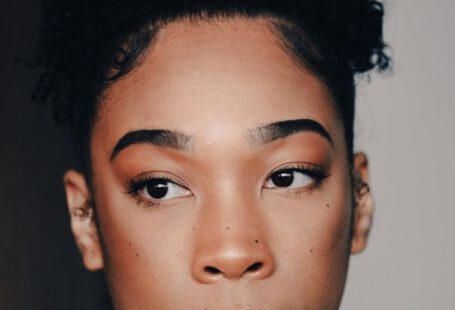In the fast-paced world of digital marketing, influencer collaborations have become a popular strategy for brands to reach a wider audience and increase their brand visibility. However, not all influencer collaborations are successful. There are various factors that can lead to the failure of such partnerships, resulting in wasted time, resources, and missed opportunities for both brands and influencers. In this article, we will explore the reasons behind why some influencer collaborations fail and what can be done to avoid these pitfalls.
**Lack of Authenticity**
One of the primary reasons why influencer collaborations fail is a lack of authenticity. When influencers promote products or services that do not align with their personal brand or values, their audience can quickly sense inauthenticity. This can lead to a loss of credibility for both the influencer and the brand, ultimately resulting in a failed collaboration. It is essential for brands to work with influencers who genuinely believe in their products or services to maintain authenticity and trust with their audience.
**Mismatched Audience**
Another common reason for the failure of influencer collaborations is a mismatched audience. Brands must carefully research and select influencers whose followers align with their target demographic. If the influencer’s audience does not resonate with the brand’s products or services, the collaboration is unlikely to generate the desired results. It is crucial for brands to partner with influencers who have a genuine connection with their target audience to ensure the success of the collaboration.
**Poor Communication**
Effective communication is key to the success of any collaboration, including influencer partnerships. Miscommunications or lack of clarity regarding expectations, deliverables, and timelines can lead to misunderstandings and ultimately result in a failed collaboration. Brands must establish clear communication channels with influencers from the outset and ensure that both parties are on the same page throughout the partnership. Regular check-ins and updates can help prevent misunderstandings and ensure a smooth collaboration process.
**Overlooking Micro-Influencers**
While many brands are drawn to collaborating with macro-influencers due to their large following, overlooking micro-influencers can be a missed opportunity. Micro-influencers often have a highly engaged and loyal audience within a specific niche, making them valuable partners for brands looking to target a more segmented market. Collaborating with micro-influencers can lead to more authentic and genuine content that resonates with their audience, ultimately driving better results for the brand.
**Failure to Set Clear Goals**
Without clearly defined goals and objectives, influencer collaborations can easily veer off track. Brands must establish measurable KPIs and expectations for the collaboration to track its success and effectiveness. Whether the goal is to increase brand awareness, drive website traffic, or boost sales, having a clear direction and purpose for the collaboration is essential. Without clear goals, both brands and influencers may struggle to measure the impact of the partnership and its return on investment.
**Neglecting Disclosure and Transparency**
Influencer collaborations that lack transparency and disclosure can quickly turn into a PR nightmare for brands. It is crucial for both parties to adhere to the guidelines set forth by regulatory bodies regarding sponsored content and endorsements. Failure to disclose paid partnerships or sponsored posts can erode trust with the audience and damage the credibility of both the influencer and the brand. Transparency is key to maintaining a positive relationship with consumers and ensuring the success of influencer collaborations.
**The Takeaway: Lessons Learned**
Influencer collaborations can be a powerful marketing tool when executed effectively. By avoiding common pitfalls such as lack of authenticity, mismatched audience, poor communication, overlooking micro-influencers, failure to set clear goals, and neglecting disclosure and transparency, brands can increase the likelihood of success in their partnerships. It is essential for brands to carefully select influencers who align with their values and target audience, communicate effectively throughout the collaboration, and set clear goals to measure success. By learning from past failures and implementing best practices, brands can maximize the impact of their influencer collaborations and achieve their marketing objectives.





